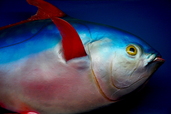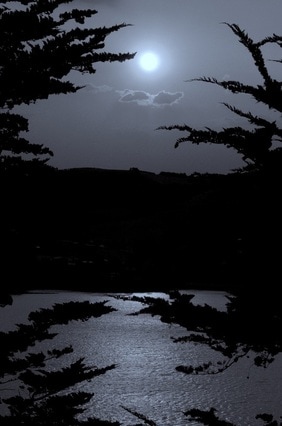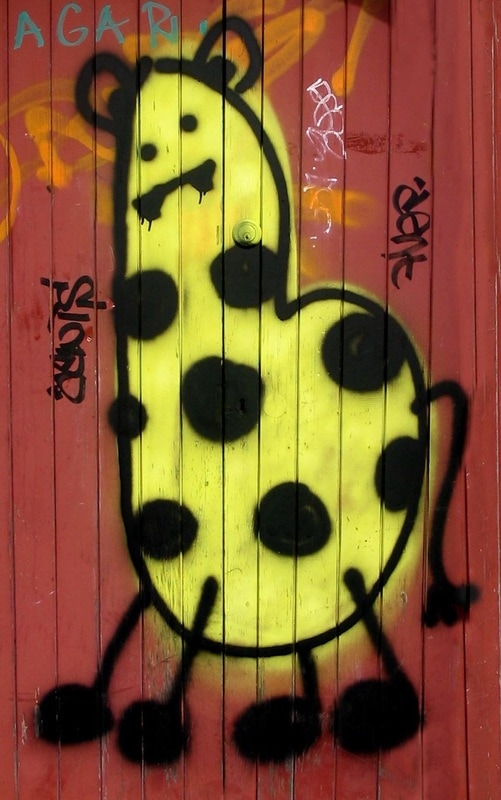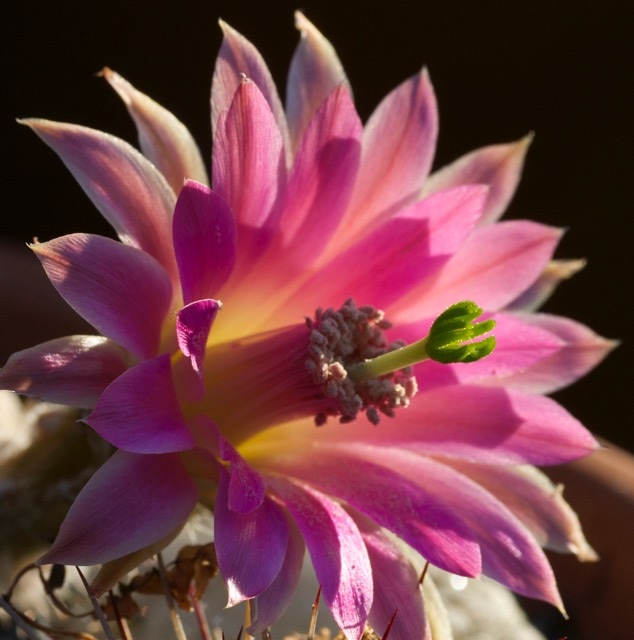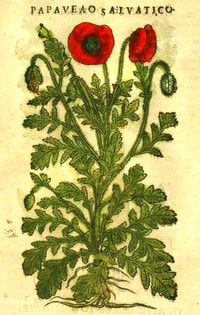| Personally, I fucking loathe most campanulas, those dirty ship rats of the perennial world, but don't let that prompt you to dismiss C canariensis. It displays none of its obnoxious family's shitty proclivities and abundantly rewards a bit of consideration, which is more than we can probably say for most our own relatives. There seems to be some confusion around this genera with some peeps' canariensis looking suspiciously like C eminii, a similar African species, but who knows? One is as nice as the other. Mine is around three years out from ye olde tiny seedling stage and this is its first flowering, hence my excitement. In its native islands, canariensis lolls about as an understory plant in remnant forest up to 1000m elevation, draping itself over other vegetation in an attitude of endearing vegetal sluttiness that should earn it a place in any garden. A scandent creature rather than a true twining climber, you can send it up or down, over wire or hanging from a basket and I intend to do the latter with this plant now that it has attained a decent size. | I bought my Canarina from a local weird plant lady on a whim because Canary Island plants tend to do well here in our introverted little microclimate, they are often endangered in their native range and because the flowers are insanely beautiful. You can see something of its Campanulaceae heritage in the shape of that pendant bell and delicate foliage, if not the plant's habit or marmalade palette. |
In lieu of any specific advice about soil needs, I stuck mine in a 50/50 blend of rose mix and coarse pumice, guessing from its forest-slope origin that a relatively open, well-drained but humusy medium was called for. It gets a good watering about once a week while in growth, and bugger-all over summer when dormant, so it's not particularly high maintenance.
While I have found most plants hardier than conventional wisdom allows I really would not roll the frosty dice and leave this fleshy guy out over night in any sort of high winds or winter. The stems are hollow and easily munted. Mine sits outside with my Aloes and has probably experienced close to freezing under a polycarbonate verandah, but any direct icing would turn it to sludge in fairly short order. Too hot is no good either; C canariensis will apparently decline if your summers inflict extended temps over 25 C.
Well shit, that makes two of us.

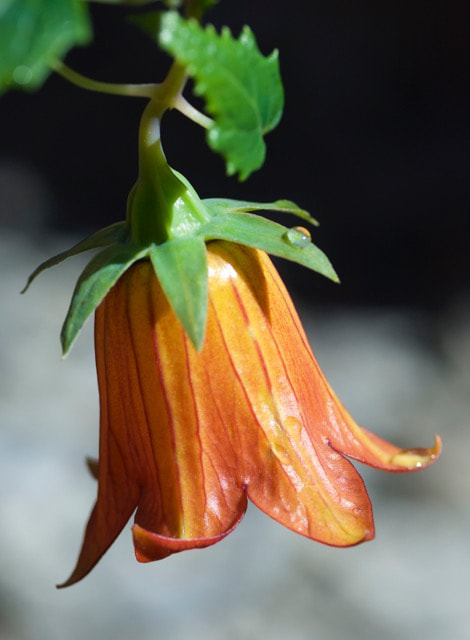


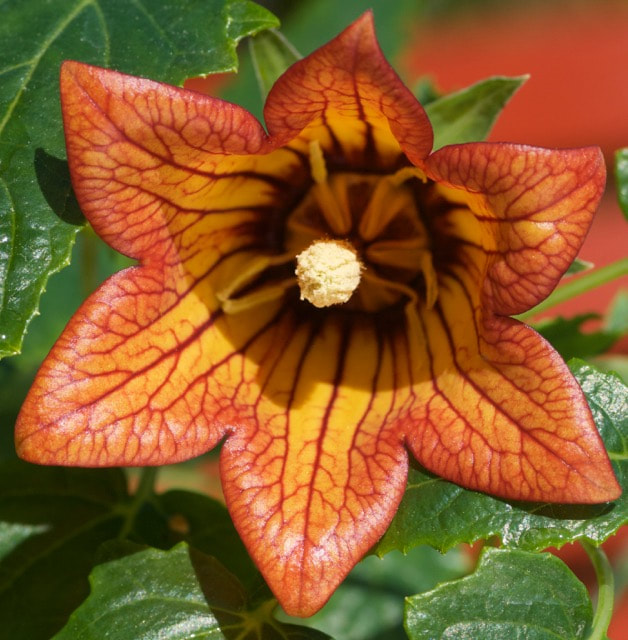

 RSS Feed
RSS Feed



